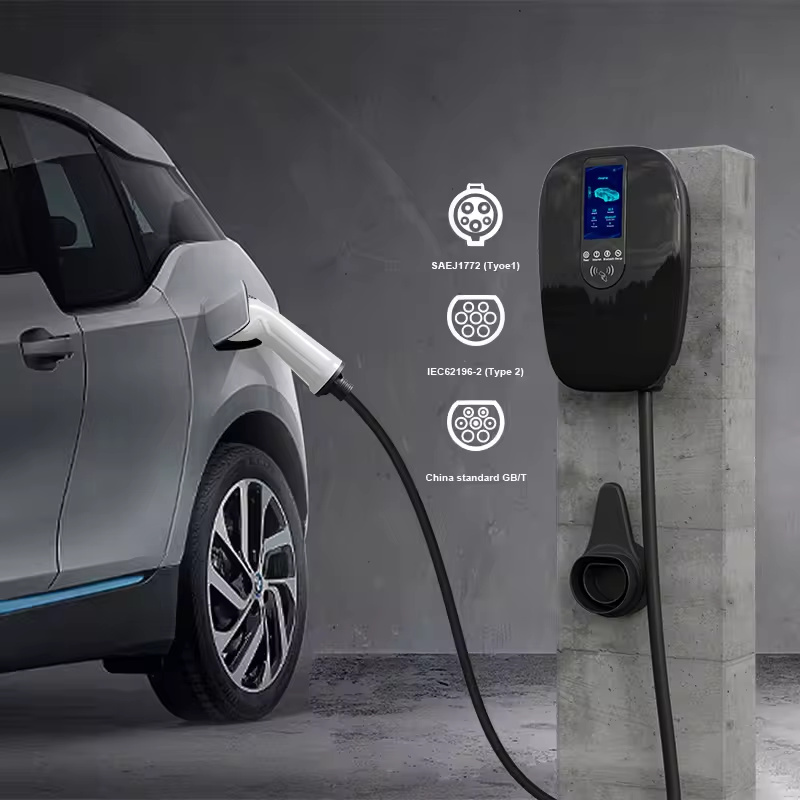V2V is actually the so-called vehicle-to-vehicle mutual charging technology, which can charge the power battery of another electric vehicle through a charging gun. There are DC vehicle-to-vehicle mutual charging technology and AC vehicle-to-vehicle mutual charging technology. AC cars charge each other. Generally, the charging power is affected by the car charger, and the charging power is not large. In fact, it is somewhat similar to V2L. DC-vehicle mutual charging technology also has certain commercial application scenarios, namely high-power V2V technology. This high-power vehicle-to-vehicle mutual charging technology is still good for extended-range electric vehicles.
V2V charging usage scenarios
1.Road rescue emergency rescue can open up a new business for companies engaged in road rescue business, which is also an incremental market. When encountering a new energy vehicle with a power shortage, you can directly pull out the car-to-car mutual charger placed in the trunk of the new energy vehicle. Charging the other party is easy and hassle-free.
2.For emergencies on highways and temporary event sites, as a mobile fast charging charging pile, it has the advantage of being free of installation and does not occupy space. It can be directly connected to three-phase power when needed, and can also be connected to the operating system for charging. During holiday peak travel, as long as the expressway company’s transformer lines are sufficient, access to these mobile charging piles can greatly alleviate the charging pressure and management, operation and maintenance costs that used to be queued for four hours at a time
3.Outdoor travel, if you are in a hurry on a business trip or traveling, or if you only have a new energy vehicle with DC charging, equipped with a mobile DC charging pile, you can safely take a trip on the go!
The value of V2V charging
1.Sharing economy: V2V charging can be part of the electric vehicle sharing economy. The electric vehicle sharing platform can provide sufficient power for the vehicle to be borrowed through charging, thus improving the availability of the service.
2.Energy balance: In some cases, some areas may have energy surplus, while other areas may be facing power shortages. Through V2V charging, electric energy can be transferred from areas of surplus to areas of shortage to achieve energy balance.
3.Increase the reliability of electric vehicles: V2V charging can increase the reliability of electric vehicles, because in some cases, a vehicle may not be able to drive due to battery problems, but with the help of other vehicles, it is still possible to continue driving.
Difficulties in implementing V2V charging
1Technical standards: At present, a unified V2V charging technology standard has not yet been established. The lack of standards may lead to incompatibility between devices from different manufacturers, limiting the scalability and interoperability of the system.
2 Efficiency: The loss of energy during transmission is a problem. Wireless energy transfer typically suffers from certain energy losses, which can be an important consideration for electric vehicle charging.
3 Safety: Since direct energy transmission is involved, the safety of the V2V charging system must be ensured. This includes preventing potential malicious attacks and preventing the impact of electromagnetic radiation on the human body.
4 Cost: Implementing a V2V charging system may involve vehicle modifications and the construction of corresponding infrastructure, which may result in higher costs.
5 Regulations and policies: The lack of clear regulations and policy frameworks may also be a problem for V2V charging. Imperfect relevant regulations and policies may hinder the widespread adoption of V2V charging technology.
If want to know more about this, please feel free to contact us.
Tel: +86 19113245382 (whatsAPP, wechat)
Email: sale04@cngreenscience.com
Post time: May-09-2024








